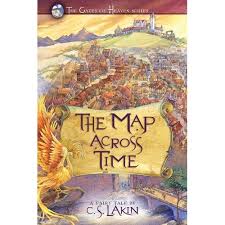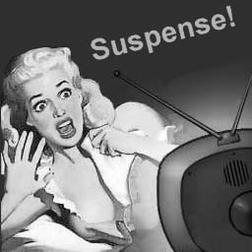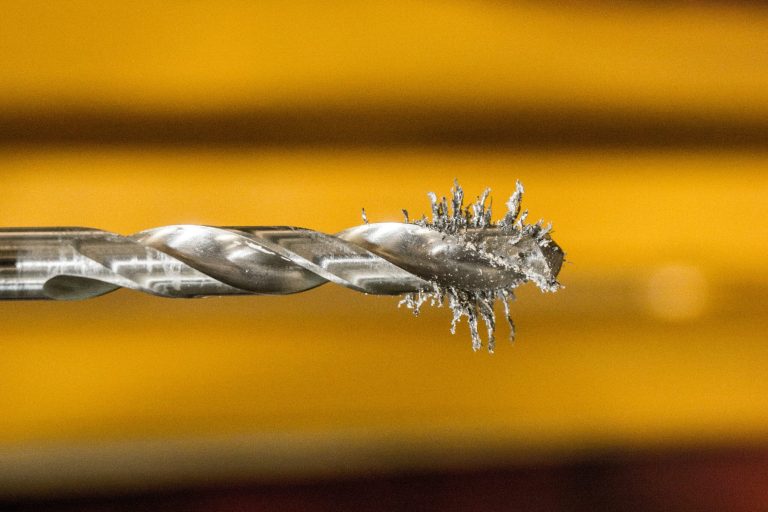How Novelists Can Work Plot Twists into Their Stories
Plot twists are important and powerful elements in a novel. We took a quick look at twists last week, and I explained that you can have these twists in various places in your story, and they can vary in strength.
One novel may have lots of small twists that are basically complications and obstacles the protagonist encounters. But often you’ll have one or two huge twists that wrench the story, and those are terrific when done well.
So what do you need to keep in mind when creating a plot twist?
Twists are all about redirection. Going against expectations.
Think about what readers are expecting and hoping for at a given moment in the story. Then keep twisting the story into new directions that stun and delight them.
If your POV character is seeing indications that her boyfriend is going to propose to her—he’s invited her to a special dinner, says he has something important to tell her, etc., she’s going to get her hopes up. The more you, the author, can imply that’s the boyfriend’s intention, the more impacting the twist will be when he shows up at the restaurant and tells her, sadly, that he has to call it quits. That his long-lost love he thought dead was really alive and well in Chicago, and he just happened to bump into her at the dry cleaners. Or something like that.
To keep readers from noticing clues, bury them in the emotion or action of another section. For example, in an adventure novel, offhandedly mention something during a chase scene, while readers’ attention is on the action, not the revelation.
Think about casting suspicion on other characters. This is good misdirection. Another’s actions can be suspect, misinterpreted. Someone running out of a coffee shop can seem to be meeting a lover clandestinely when he is actually responding to a call that his mother has been rushed to the hospital.
Having characters jump to conclusions, make emotional judgments, fail to see the obvious because of emotional issues—these can all help when creating twists. An insecure character will think her best friend has abandoned her when he doesn’t show up, and that can push her to reactions and actions that will send her off in an unexpected direction.
The best twists work because the reader has been led to believe in the certainty of a situation or outcome. By pulling that out from under the reader (and set up believably with those earlier hints), the twist will cause that shock and surprise, but it will work. You don’t want readers to be angry or upset at a stupid or unbelievable plot twist. If your readers say, “Aw, come on—that character would never do that” or “That just would never happen,” then your twist isn’t well constructed.
No, they’re not all that easy to do, but spend time thinking about creating twists in your story. In any key development in your novel, you can make a list of five or more expected outcomes of a choice or action. Then study those and think how you could perhaps use the opposite of one.
What could make a close friend turn on your protagonist? Something she misheard? Something she needs or longs for that comes within her grasp that makes her choose that thing over siding with or supporting the protagonist?
Now, some readers may figure out your plot twist early, and that’s fine—so long as your plot twist really advances the story and creates intriguing drama. You can have readers for dozens of pages biting their nails because they’ve figured out (they think) the twist and now can’t wait to see what happens when the character learns the truth.
 I have lots of powerful plot twists in The Map across Time, which is probably one of the reasons it’s my favorite (and best) of all my novels. I took all the major plot elements—the mystery of the queen’s “death” (did she really die?), the firebird’s strange appearance (what is it, really?), the magical map (who made it?), the stranger that instructs Adin (who is he?)—and twisted them all.
I have lots of powerful plot twists in The Map across Time, which is probably one of the reasons it’s my favorite (and best) of all my novels. I took all the major plot elements—the mystery of the queen’s “death” (did she really die?), the firebird’s strange appearance (what is it, really?), the magical map (who made it?), the stranger that instructs Adin (who is he?)—and twisted them all.
Think about your main plot developments and expected outcomes or reactions. List the expected, then think of a few ways you might have the opposite or some other unexpected, surprising twist to those.
Take a look at the ten-scene chart and consider the plot you’ve laid out. Work on coming up with twists for those key scenes (#4 and #7). Then think how to set them up well earlier in the story. Keep in mind, though, that your story and genre might lead you to put that big twist in at the end, even after the climax.
Jodi Picoult’s novel My Sister’s Keeper had two potent plot twists at the end—one pertaining to the actual plot events (the accident) and the other the reveal about Anna’s true motivation for wanting to stop being a donor for her sister, Kate, who has leukemia. Picoult’s book is the perfect example of setting up readers’ expectations and beliefs such that these twists, so cleverly built into the story, hit hard.
What books or movies come to your mind that have a great plot twist? Where in the story do those twists show up? Have you thought up a great twist you can put in your novel?












The truth about Maxim and Rebecca is a crucial twist near the 3rd act plot point in the classic du Maurier novel, and vital to the MC.
I agree that plot twists take a lot of planning and work so they come off well. One writer from years back who had a real talent for these was Dorothy Sayers. I just finished rereading “Cloud of Witnesses,” featuring Lord Peter Wimsey. It’s amazing how she could lay out so many clues for inspection, then fizzle them all out so you’re back to square one again. Then she introduces a dramatic new angle and motive at the 11th hour.
We all jump to conclusions, but I feel it should be done sparingly in a story. I’ve seen some mystery stories where the “sleuth” hops from suspecting this one, to that one, to yet another — often on the flimsiest evidence. You get the idea she’s just playing darts and hasn’t a clue how to investigate anything. In romance novels the MC may start looking like and airhead if she’s always jumping to wrong conclusions. Or like maybe with her trust issues she’d be better off staying single.
Thanks for sharing those comments! I love leading readers down rabbit trails, the ultimate in manipulation!